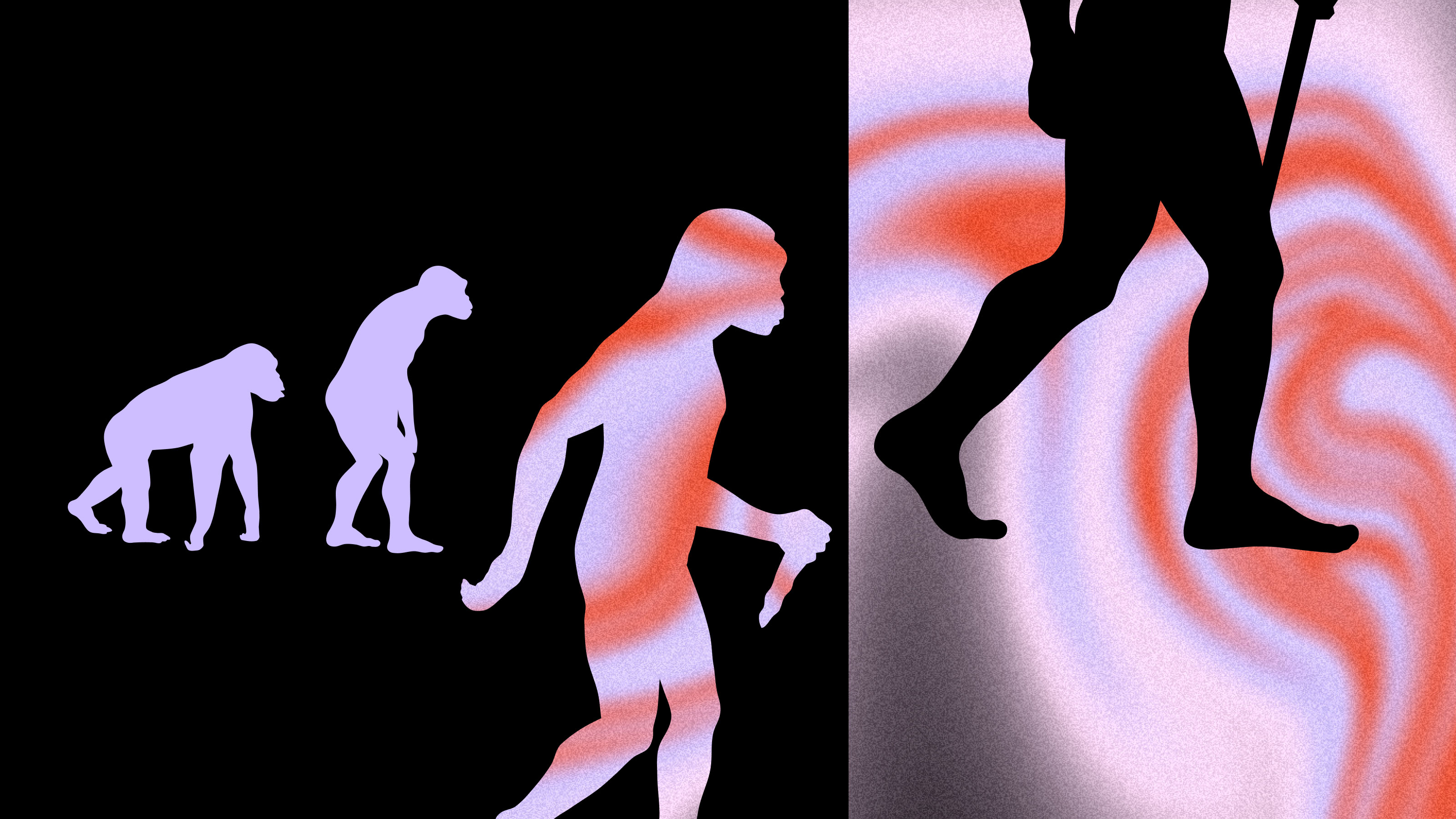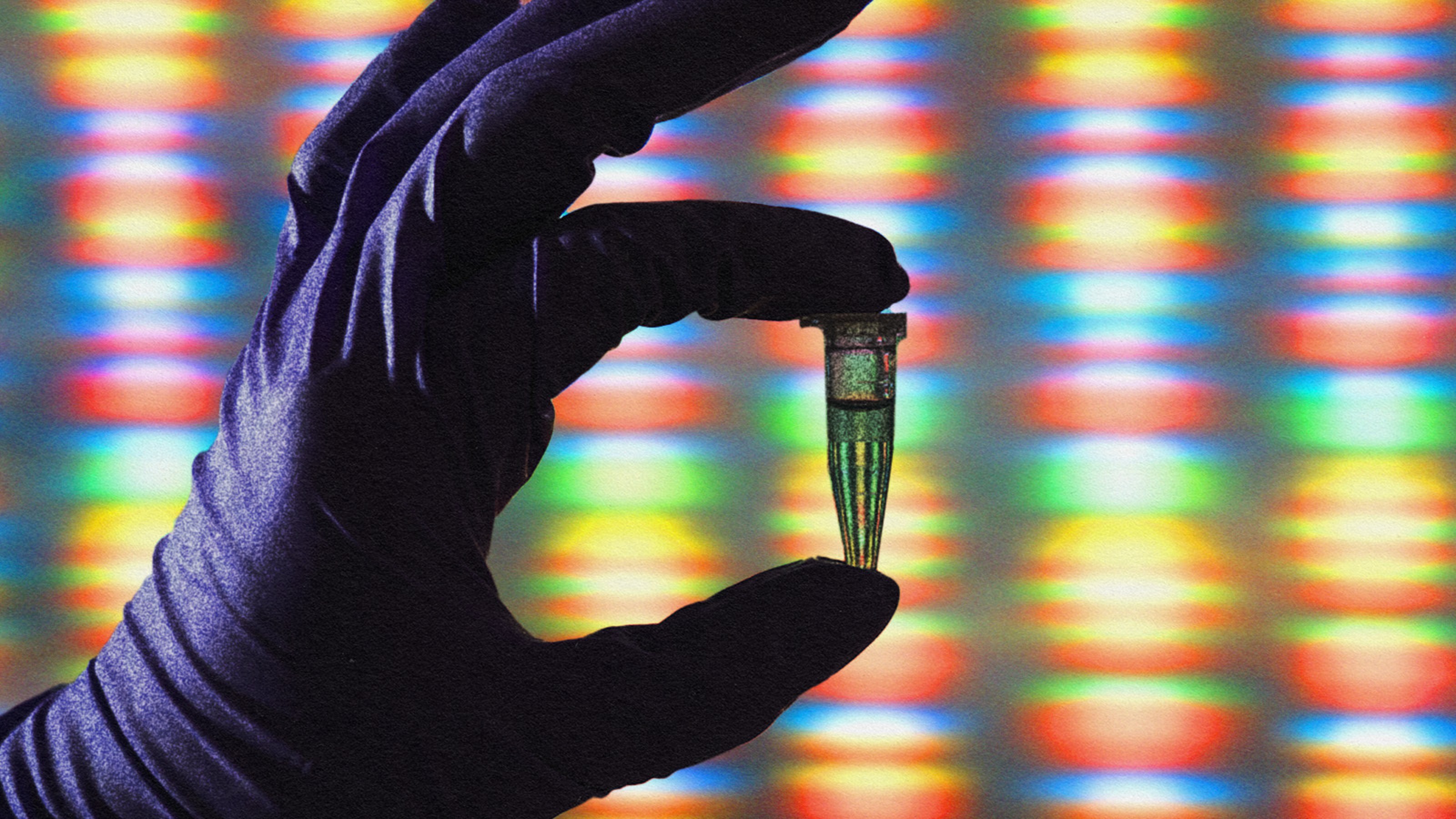- Genome-wide association studies (GWAS) allow us to correlate genetic differences with behavioral traits.
- There is no single gene that explains behavior; rather, behavior arises from the complex interaction of many different genes, each of which only plays a small role.
- Society must be cautious as we learn more about behavioral genetics.
Life flourishes with diversity, as diversity gives nature something to choose from, providing flexibility to adapt to change. Variation between humans seems endless, both in appearance and in behavior. Variation between humans is largely due to our flexible nature that allows us to adapt to a wide variety of potential life trajectories, and partly due to set dimensions of variation in our biological make-up carefully molded by the hands of time.
Genome-wide association studies
Four billion years of natural selection crafted the refined machinery we all share — encoded in most of our DNA — as well as carefully selected room for variation — encoded in a minority of DNA differences. If the 3.2 billion nucleotides in our DNA would fit into a 300-page book, the differences between two random people would barely add up to two pages. Many decades of research in twins and family members suggest that considerable portions of differences in human behavior are associated with some of the tiny differences within those two pages.
If the 3.2 billion nucleotides in our DNA would fit into a 300-page book, the differences between two random people would barely add up to two pages.
It is hard to uncover the evolutionary stories behind these differences, but it would probably help to first find out how these genetic differences exactly give rise to the diversity in our behavioral repertoire. Recent advances in genetics research allow us to link specific DNA nucleotides on those two pages to complex behavioral outcomes. Studies that link genetic variation on a molecular level with complex traits are called genome-wide association studies (GWAS). In a GWAS, millions of single DNA nucleotides are tested one by one in order to quantify their relationship with the most complex of human traits, including behavior.
Professor Karin Verweij and I recently published an article in Nature Human Behavior, in which we review what we have learned so far from GWAS on human behavior and what steps we need to take to learn more. Here, I will summarize some highlights from our article and reflect on their societal relevance.
Many genes with tiny effects

In the last decade or so, we have been able to link thousands of genetic variants to human behavioral traits, including personality, education, cognition, sexuality, and mental health. The effects of these genetic variants on behavior are, individually, very weak. Twin and family studies have estimated that, on average, about half of the individual differences in behavioral outcomes are due to genetic differences, which would mean that tens of thousands of genetic variants would be needed to account for these heritability estimates.
The tiny effects of individual genetic variants are hard to estimate, unless unusually large groups are studied. In a typical GWAS, we study millions of DNA variants from hundreds of thousands of individuals. The sum of these small effects can be used to predict people’s genetic risk for all kinds of outcomes. The predictive power of DNA is increasing as our studies grow, but we still understand very little about the nature of these predictions.
There are probably no genes that directly influence complex behavioral outcomes. Instead, the many small genetic effects travel through many cascades of mostly unknown biological processes that react to and influence the physical and social environments that people live in.
Before we let DNA prediction reach the clinic or other uses with unpredictable ramifications, such as embryo selection or mate selection, it is important that we first invest in better understanding the nature of the relationship between genetic differences and behavioral outcomes.
Everything is connected
The physical machinery that carries our emergent minds and behaviors consists of many intricate and interconnected systems. Modifying one part will affect multiple other outcomes. This is visible at the level of genes: genetic effects are often shared between different behavioral outcomes in a systematic way. Genes that increase the chances of getting addicted to alcohol tend to increase the risk of feeling lonely. Genes that increase the risk for autism increase the chances of a higher IQ. Genes that increase the risk for anorexia increase the chances of getting a higher education.
These shared genetic effects are widespread among behavioral outcomes. The genetic effects we estimate reflect a patchwork of multiple underlying behavioral outcomes. While many are eager to use these genetic effects to dive into the biology of behavior, we argue that we first need to put more effort into dissecting these genetic effects into their subcomponents.
For educational attainment, for example, we recently split up the part of the genetic effects associated with IQ, which makes up 43 percent of genetic effects on educational attainment, and a “non-IQ” part, making up the remaining 57 percent. We are not sure yet what that remaining 57 percent exactly entails, but we do see that those genes increase the risk for schizophrenia and bipolar disorder. This could be because people with a higher genetic risk for schizophrenia or bipolar disorder tend to be more creative and more open to new experiences.
These shared genetic effects teach us a lot about the genetic architecture of human behavior and also make us realize that it is difficult to select for one trait without also influencing many others. This is a strong argument against using DNA prediction to influence your offspring’s DNA through embryo selection, a service that, unfortunately, some companies have already started to offer.
Behavioral genetics is controversial

The highest portion of shared genetic effects was observed between educational attainment and income. These associations have been reported in separate publications, and the genetic effect on each is roughly the same. Both publications received much attention in the media and on social media. While for educational attainment, the reactions were mostly positive, the publication on genetic effects on income was met mostly with criticism.
These opposite reactions to the same genetic signal might have to do with income being more closely associated in people’s minds with social inequalities. Trying to explain social inequalities in terms of something that people are born with may instill the fear that science is being misused to justify the position of marginalized groups. Instead, these molecular genetic effects are helping to elucidate an inherent unfairness in the way we organize our societies.
A closer look at these genetic effects shows that they contain substantial amounts of environmental influences. Our initial studies had trouble separating the two because they are highly correlated. When your genes predispose you to a higher education, that means that your parents also carry those genes and are thus more likely to also have a higher education, giving them better resources (money) to nurture you with a better environment. If you are born with genes that make it easier for you to learn, it will also increase the chances that you will move to a richer neighborhood with healthier living circumstances. These “double advantages” and “double disadvantages” make us mistake the impact of systematic social disadvantages for genetic effects, inflating heritability estimates.
These gene-environment correlations were recently detected studying DNA from people that were exclusively of white European origin. Systematic differences in environmental influences are likely much worse between different ethnic groups, casting more doubts on white supremacists’ claims who love to use these inflated heritability estimates to support their genetic explanations for socio-economic group differences.
Conclusions
After two decades of reading out human genomes, we are still only scratching their surface. We are just starting to dissect only a fraction of the total heritability that we are currently able to capture with molecular genetic data. Large parts of humanity are still underrepresented in our measurements, which makes it difficult to make more general claims. We outline in more detail in our Nature Human Behavior paper which steps we need to take in our methods and data collection strategies to better understand the differences in our DNA.
Reference
Abdel Abdellaoui & Karin J.H. Verweij (2021). Dissecting polygenic signals from genome-wide association studies on human behavior. Nature Human Behavior. https://doi.org/10.1038/s41562-021-01110-y






